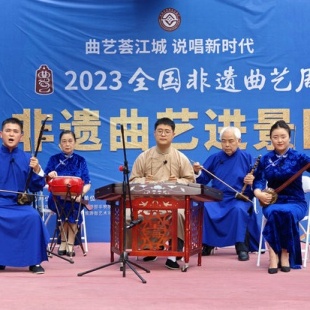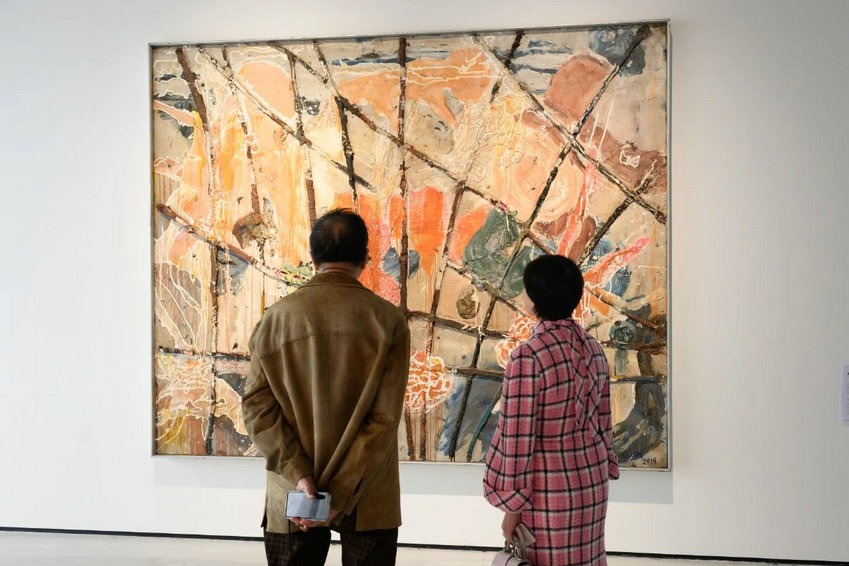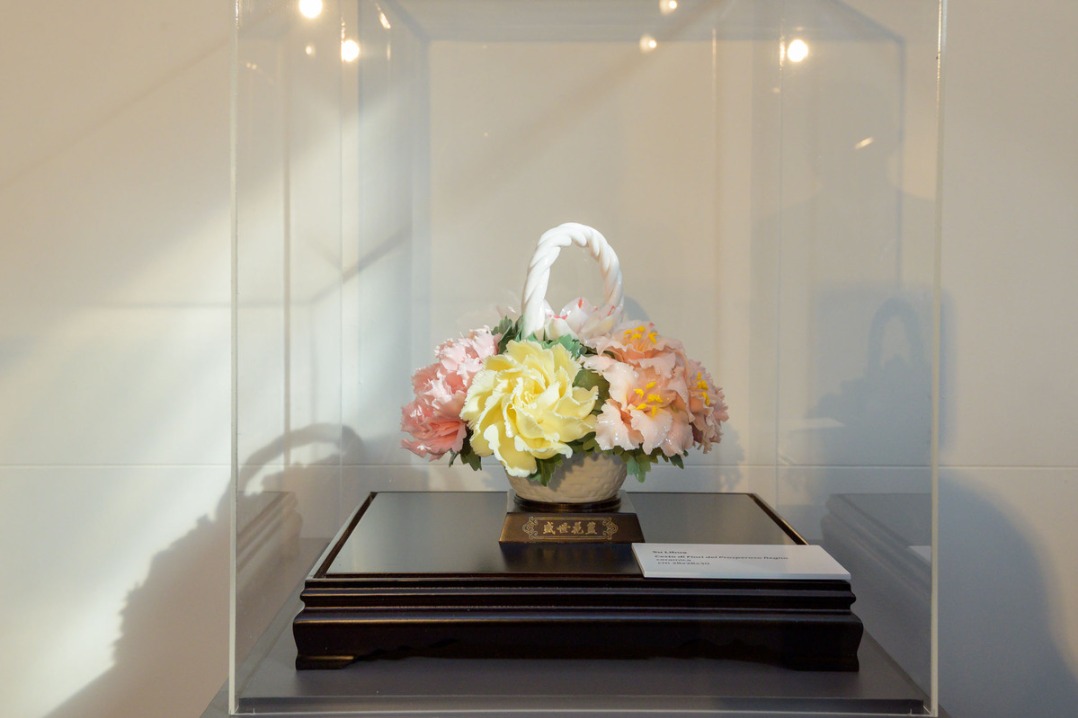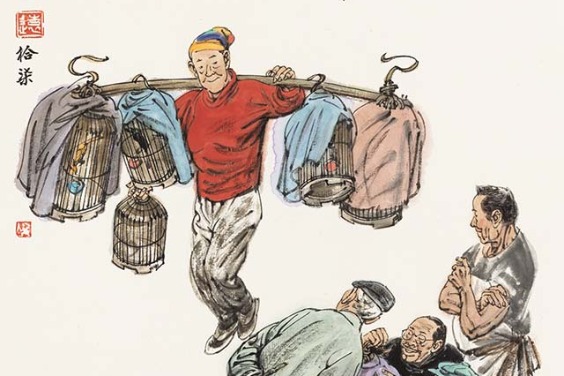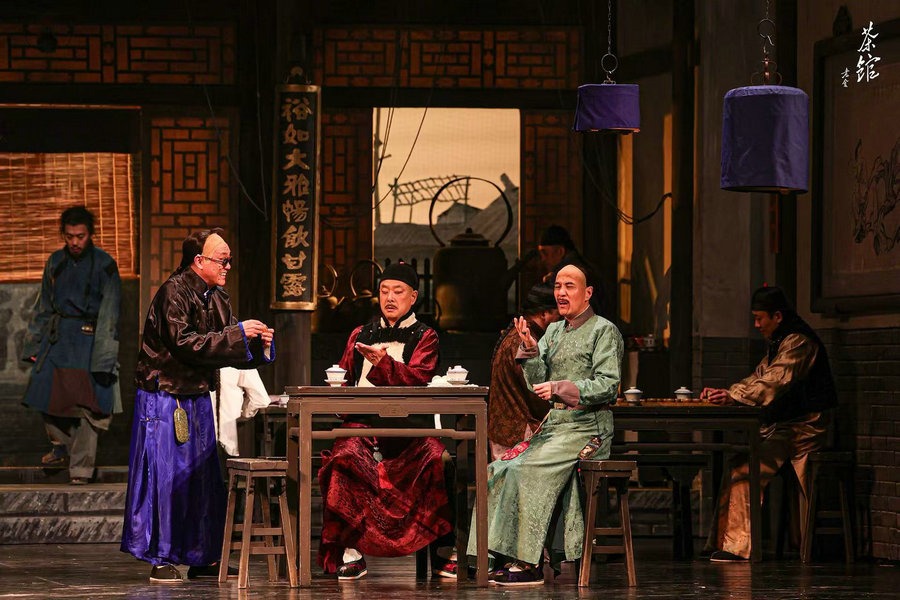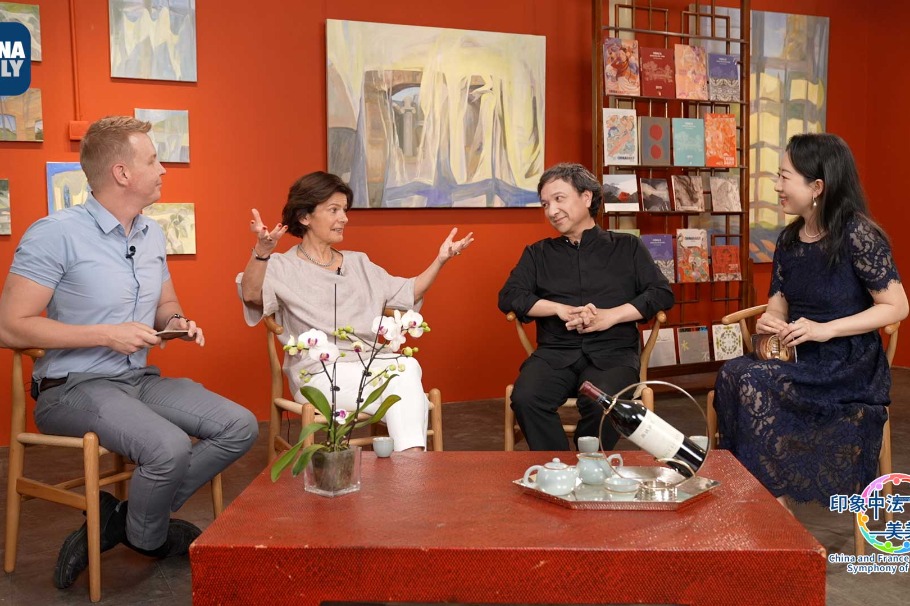Art form's beauty speaks for itself
Narration and singing deliver a compelling tale of heritage, Yang Feiyue reports in Chengdu.

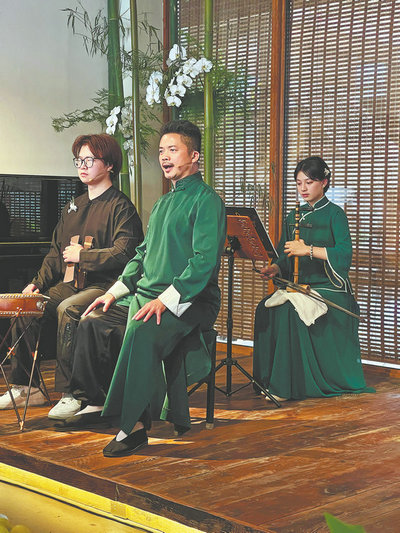
According to Long Fujun, dean of the continuing education school with the Sichuan Vocational College of Art, 10 such high-level, practice-driven training sessions have been organized, cultivating more than 250 emerging ICH bearers with both artistic skills and innovative thinking. The hallmark of the training approach is an integrated model of creative practice, academic research and multidimensional teaching, Long points out.
The college has fully utilized its distinguished artist masters and their influences to build hands-on platforms for ICH transmission. Instructors include renowned national-level ICH inheritors who teach core repertoires in person, while emphasis is placed on integrating traditional aesthetics with contemporary ideas.
"The goal is to enable students to deeply grasp both the artistic essence and the living vitality of these heritage forms," she says.
Long recalls that when she first took on the training project in 2018, she was aware not only of the national significance but also the complexities involved.
"We had to select the right projects, recruit expert instructors, structure impactful curricula, and deliver measurable outcomes," she says, adding that it truly felt like "crossing the river by feeling the stones".
Over the past years, her team traveled across Sichuan to conduct field studies, consult with master artists, and continually refine the curriculum based on real-world needs.
As the college gained increasing experiences through sustained involvement in ICH training, it has channeled research outcomes back into teaching to enrich the training program's academic depth, Long says.
During the training, a core traditional repertoire serves as the central thread of the curriculum, complemented by technique instruction, historical theory, performance skills, rehearsal, and research methodology.
"This holistic structure fosters growth in performance, knowledge, and applied practice," Long says.
In terms of talent selection, priority is given to candidates with solid foundations, strong commitment to cultural transmission, and growth potential — particularly those from the native regions of specific ICH traditions — to ensure contextual relevance.
Long deems the ultimate goal of the training program is to make ICH bearers cultural bridges connecting traditional technique and innovation and modern communication, empower youth as cultural decoders through the use of digital platforms, creative media, and design, and activate shared cultural ecosystems where returning graduates integrate their learning into local tourism, education, and revitalization projects.
She hopes young people will come to see ICH as "a cultural streetwear brand that flows in our veins" and a millennia-old original Chinese craft with enduring aesthetic value.
As a public cultural service provider, Wu Yun says she intends to continue refining her vocal skills and deepening her understanding of the tradition, while working on innovation.
"Innovation must be grounded in tradition," Wu Yun emphasizes.
She believes that one must first understand the structure and aesthetics of traditional performances before attempting to modernize them.
"Today's performances are condensed into 9-minute segments. The pace is quicker, the story starts immediately — there's no room for the lengthy buildup found in classic works," she notes.
She sees this streamlining as necessary to match contemporary audiences' attention spans and aesthetic preferences — a natural step in the evolution of folk arts.


